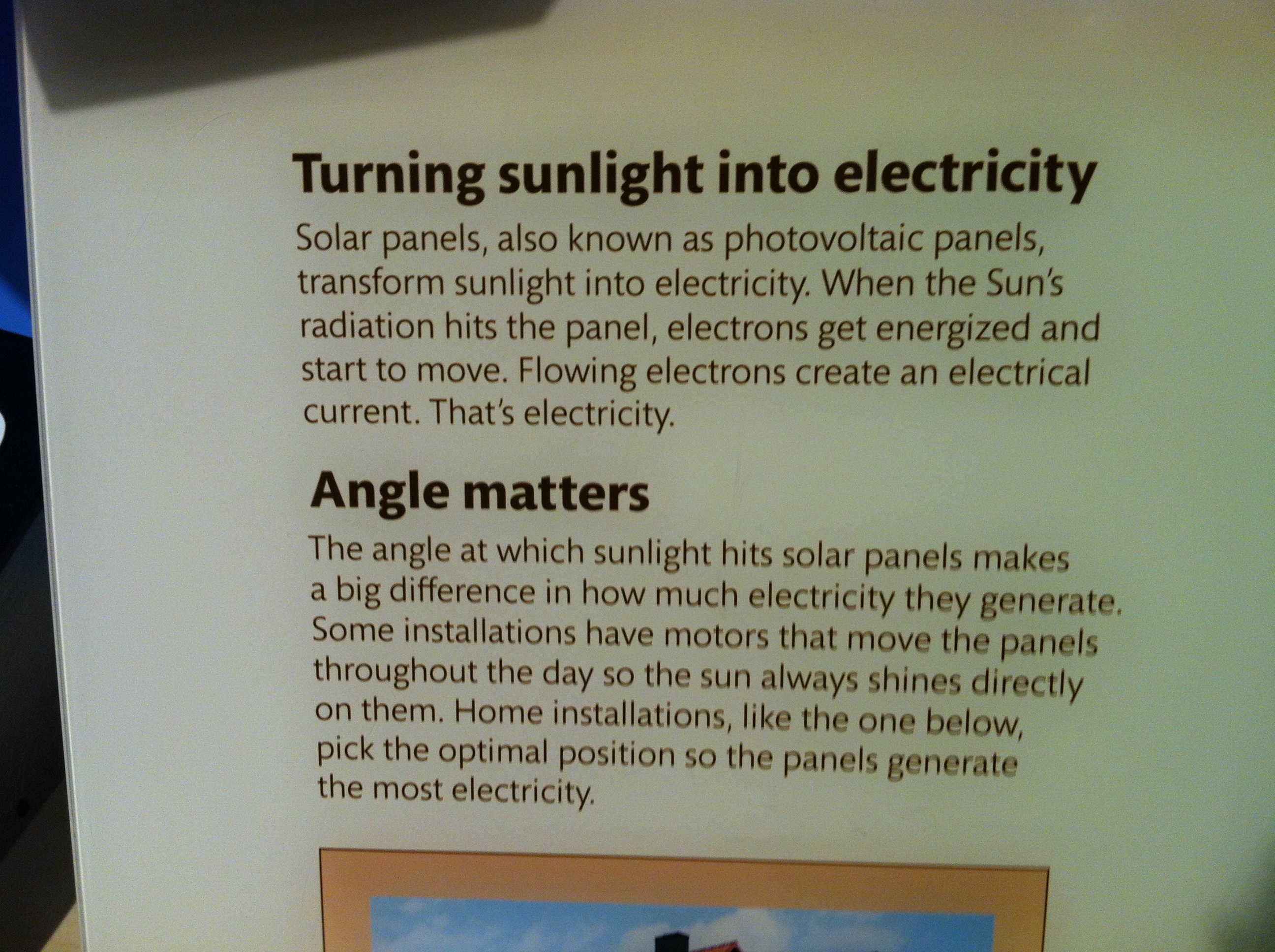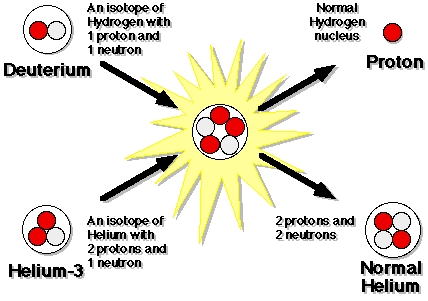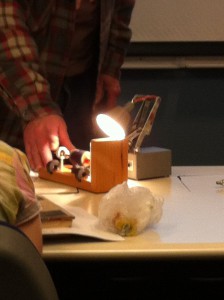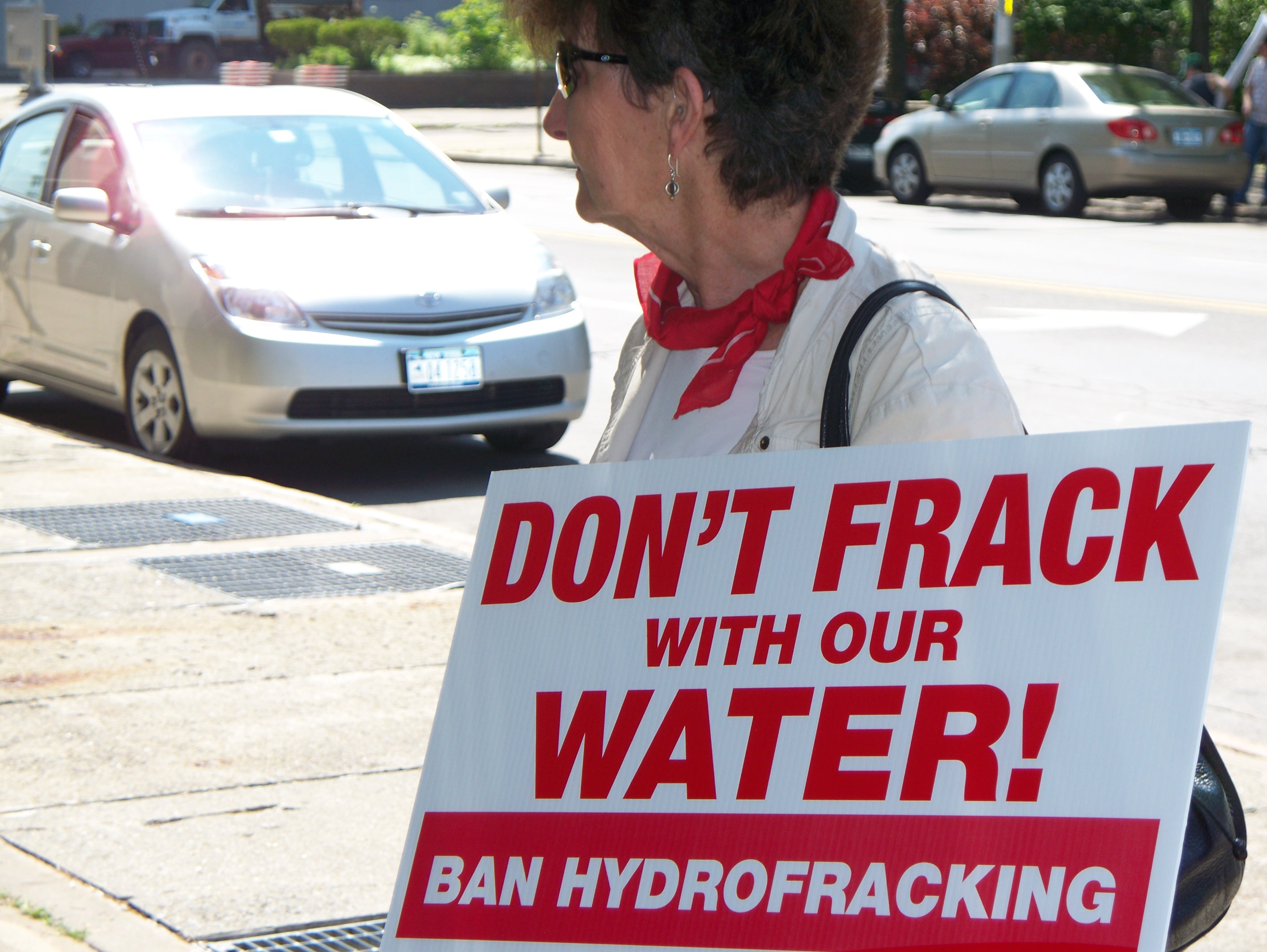Last week, we finally got a chance to showcase our beautiful solar ovens and complete our experiment as designed in the lab handout. We traded experiments and materials with another group, so each group got a chance to watch an unbiased group perform their experiment. We were given the task of sliding a block of wood across various surfaces, and the resulting information via the LabView Robotics program showed us that different surfaces have different levels of friction, which results in different amounts of energy needed to slide the brick across the surface. This relates to sustainability in that we are probably using up so much more energy everyday than is necessary simply due to the friction of surfaces we use.
But enough about the other group, let’s get cookin’:
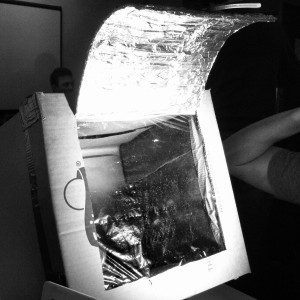
Our experiment went very well, we all thought, although it did not go according to our hypothesis. This is just as well, since it throws into question some of the tenets that we were operating under and also raises new questions about why the experiment went the way it did – since this question-raising is really the purpose of all science experiments, we were not disturbed greatly by the results of our experiment. Here is a brief rundown of what our presentation actually was, as shown from our lab handout:
Solar Oven Lab Experiment
Angela Bray, Phillip Sommer, Anna Valutkevich
Objective: To construct 2 different solar ovens using the listed materials and measure how effectively solar energy is absorbed in each from a provided light source.
Background: In recent years, the popularity of solar energy has risen, especially with the escalating fuel costs and the efforts to reduce greenhouse gas emissions. The invention of the solar oven has provided an environmentally conscious way to cook a wide variety of food using the power of the Sun as the device’s heat source. For many third-world countries with limited access to clean water, the solar oven also offers a solution by sterilizing the water. There are numerous ways to construct a solar cooker – rather than using a pizza box, as many online sources recommend, you will be using cardboard boxes to have a larger cooking area. Given that you only have one hour to complete the experiment, it is recommended that you use a theater light as your heat source, considering the unfortunate variability of sun exposure. Using an oven thermometer, you will measure the temperature inside the cookers as the light source is absorbed, producing the equivalent of solar energy to cook your food of choice.
Materials:
– 4 cardboard boxes (2 medium-sized, 2 approximately 2 inches smaller)
– Black & white construction paper
– Aluminum foil
– Plastic wrap
– Oven thermometer
– Bendable stick (glowstick recommended)
– Powerful light source (theater light recommended for time efficiency)
– Newspaper
– Duct tape
– Optional: food item
Procedure (preferably completed before experiment):
Setup:
1) Cut the larger boxes to make a top cover. Tape the sides to ensure a snug fit.
2) After cutting off the edges of the smaller boxes, line the inside of them with fitted pieces of construction paper, 1 black (Box 1) and 1 white (Box 2). Tape or glue in place.
3) Place crumpled bunches of newspaper around the sides of the larger boxes and slide each smaller box between them.
4) Cut a square hole in the covers for the large boxes.
5) For Box 1, leave the cardboard flap attached at the top. To obtain better reflectivity, bend the cardboard flap into a curve to angle the light back into the box.
6) For Box 2, completely remove the cardboard flap.
7) Stretch a layer of aluminum foil on the underside of the flap from Box 1. Do not use any aluminum foil for Box 2.
8) Stretch a layer of plastic wrap over the underside of each cover opening. Tape in place.
9) Place the oven thermometer inside Box 1 in a position where it will be easily readable. If using a food item, place it in the center of the oven’s base.
10) Secure the cover Box 1 and tape the stick to the flap and the side of the box. Angle the light appropriately at the reflective flap.
Data Collection: Begin with Box 1 by shining the theater light at the foil-covered flap and adjusting it to ensure that the highest amount of energy will be reflected into the absorbent oven. Every 5 minutes, peek inside the oven and measure the temperature displayed on the thermometer. If the temperature is not climbing at an effective rate, further adjust the flap’s angle by moving the supportive stick. Record your measurements in the chart below. After 30 minutes, carefully transfer the oven thermometer to Box 2 and secure the cover. Shine the light directly into Box 2 and record the temperature rise every five minutes. After completing the procedure, allow each oven to cool before dismantling and take caution when handling the light.
| Box 1 | 5 min | 10 min | 15 min | 20 min | 25 min | 30 min |
| Temp (°F) | ||||||
| Box 2 | 5 min | 10 min | 15 min | 20 min | 25 min | 30 min |
| Temp (°F) |
Analysis:
1) Which box gained a higher temperature? What variables did/did not help the boxes absorb energy?
2) Did adjusting the angles of the cover flap produce higher temperature measurements? If so, why do you think this is?
3) Would you use one of these to cook your own food at home? Why or why not? Provide logistics to assist your reasoning.
That is directly copied from our lab handout. In doing the preparation for the experiment, we had concluded in our hypothesis that the solar oven with the black lining and the reflector would not only heat up quicker than the white-lined oven, but also heat up to a higher temperature than the other. We anticipated that the black box would have higher temperature marks across the data collection table than the white box. In the actual doing of the experiment, with all other variables kept constant (including the oven’s proximity and angle to the light source) we found that things do not always go as you had thought they would. Very quickly, the temperature inside the white-lined oven shot up to 100 degrees, and kept climbing for each of the 5 minute marks until finally plateauing at about 150 degrees. Impressed, we were ready for the second box. In contrast to the white oven, the black one with the reflecting panel heated up much slower, and its final highest temperature was only 130 degrees. Still not too shabby for a cardboard box powered only by one light, but much less than we had anticipated. The temperature difference remained relatively constant for each of the 5 minute marks. In analyzing the data, our group and the group who performed the experiment came to the conclusion that the differences between the two sets of data posed a number of problems to our theories regarding solar energy.
If we are to take these results at face value, it would mean that everyone interested in solar cooking should run out and buy a box with white-lining and no reflectors – since this performed better in the experiment. However, good scientists do not accept everything at face value, and our group decided upon reflection and answering our own follow-up questions that perhaps the experiment was fundamentally flawed. The boxes were ostensibly identical, but the black one was two weeks older than the white one. Could this have had something to do with its poor performance in the experiment? They were constructed the same out of the same materials, but human error and the inherent differences between things the marketplace deems “identical” must also be taken into account. Perhaps the white oven had better insulation: this could be true, since there were more of us working more efficiently on the building of that one than the black one. At such a close proximity to a light source, our group pondered the efficacy of the reflector – if the box is already catching direct light, what purpose did the reflector serve?
In the end, our experiment was intended to show the benefits of an oven like Box 1, but instead demonstrated that Box 2 was more effective. We feel this happened as a result of experimental flaw and human error in the construction of the ovens, but our experiment was far from being a waste. Instead, it raises many good questions about solar energy and how best to harness it. Were we to repeat the experiment, I feel it would be wise to revise some aspects. I wonder if the results would have been the same had we used actual solar energy instead of a theater light at close proximity. In the end, though we didn’t authoritatively answer our questions, we did raise even more, and I feel that we learned a great deal about the concepts of solar energy, solar cooking, and perhaps most importantly, generated plenty more unanswered scientific inquiries into the topic. Having sparked our interest, and sill having two operational solar ovens, this summer could be one of scientific discovery for us, not to mention the potential for an all-solar BBQ.


